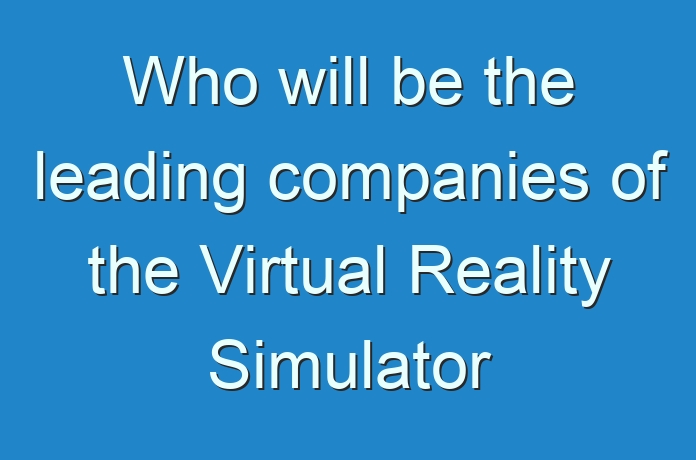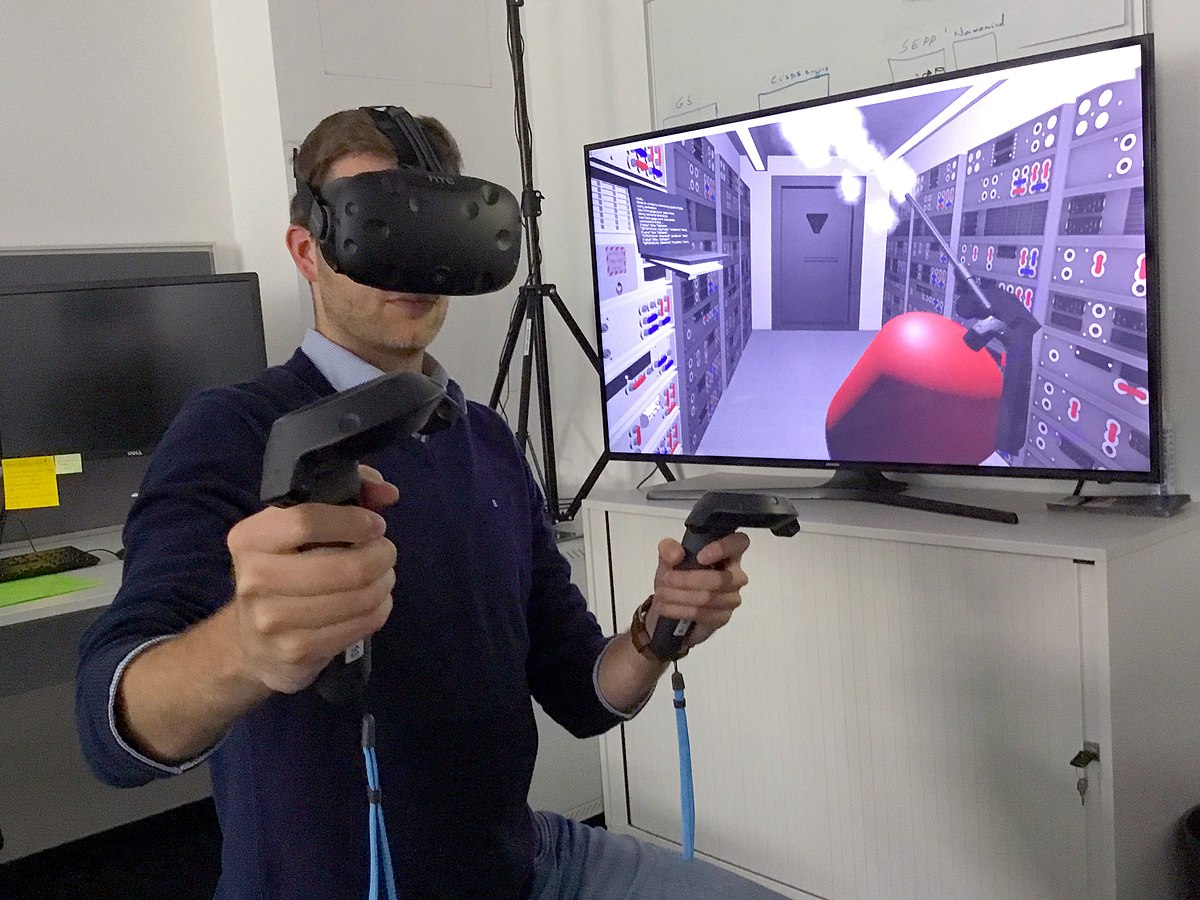
A virtual reality simulator is a suite of hardware, service, and software components allowing end-users to visualize and experience virtual environments in real-time. Virtual reality (VR) simulators are expected to witness strong demand globally largely due to growing application in end-use sectors such as healthcare, education, gaming, media and entertainment, and others. Constant innovation in technology is expected to create demand for new VR solutions in the coming years. Furthermore, demand for compact VR simulation devices is expected to create demand for new VR related technologies. The VR ecosystem players include hardware, service, and software vendors. In the coming years, both software and service vendors are expected to play a crucial role in expanding the adoption of VR simulators across multiple end-use applications. In addition, with improving technology, VR simulators with eye tracking and motion tracking are being developed to enhance the user’s virtual reality experience. For instance, Fove, Inc. has introduced eye tracking feature in its new model named “Fove Dlodlo VR.”
Virtual reality simulation is an emerging technology and is expected to see high demand in various applications. Rising demand for high quality, effective pictures has led to developments in virtual reality technology. Furthermore, adoption of VR simulators is significantly high in military and law enforcement, advertising, and automotive industry. However, the quality of visual effects delivered by VR simulators is a major concern. If the VR system is too slow to react with the head movement, it leads to concussions. In addition, VR simulators are capable of stretching single display across a wide field of view, causing magnification defect in display quality. Furthermore, the VR simulation devices/hardware are expensive and time consuming to develop. All these factors are expected to restrain the growth of the VR simulator market during the forecast period. In the military sector, the U.K. government incorporated VR simulators in its training of trauma medics. National Aeronautics and Space Administration (NASA) uses VR to improve the mental health of astronauts for long term missions. NASA’s VR technology program is providing virtual space stations for interactive behavioral health training and treatment programs.
Want to gain competitive advantage from our actionable, insightful business intelligence? Request a sample https://www.transparencymarketresearch.com/sample/sample.php?flag=S&rep_id=44234

The Virtual reality (VR) simulator market is segmented in terms of end device, application, and geography. By device, the VR simulator market is segmented into low-end device, mid-range device, and high-end device. Based on applications, the market is segmented into military, education, entertainment and media, sports, and telecommunications. On the basis of region, the market is divided into North America, Europe, Asia Pacific, Latin America, and Middle East and Africa. North America has seen increased demand for VR simulation due to technology penetration and increasing investments in the technologies. In addition, North America and Europe markets are witnessing increased integration of smart devices such as VR headsets in various applications such as films, military, and education to develop and improve visual experiences. Asia Pacific and Middle East & Africa are expected to see large scale adoption of VR simulation due to increasing technological advancements and awareness.
The VR simulator market is currently evolving with the presence of a large number of players providing VR solutions as per end-use applications. In the coming years, the market is expected to witness increase in partnerships and acquisition strategies by players in order to expand their market share. The growing demand for VR products has led many manufacturers to introduce their products in the market. The major companies in the VR simulator market include Google, Inc., HTC Corporation, Oculus VR, LLC, Sony Corporation, Samsung Electronics Limited, Microsoft Corporation, Razer, Inc., Fove, Inc., Carl Zeiss AG, LG Electronics, Proteus VR Labs Limited, Sulon Technologies, Inc., Merge Labs, Inc., and Avegant Corporation.
The report offers a comprehensive evaluation of the market. It does so via in-depth qualitative insights, historical data, and verifiable projections about market size. The projections featured in the report have been derived using proven research methodologies and assumptions. By doing so, the research report serves as a repository of analysis and information for every facet of the market, including but not limited to: Regional markets, technology, types, and applications.
The study is a source of reliable data on:
- Market segments and sub-segments
- Market trends and dynamics
- Supply and demand
- Market size
- Current trends/opportunities/challenges
- Competitive landscape
- Technological breakthroughs
- Value chain and stakeholder analysis
The regional analysis covers:
- North America (U.S. and Canada)
- Latin America (Mexico, Brazil, Peru, Chile, and others)
- Western Europe (Germany, U.K., France, Spain, Italy, Nordic countries, Belgium, Netherlands, and Luxembourg)
- Eastern Europe (Poland and Russia)
- Asia Pacific (China, India, Japan, ASEAN, Australia, and New Zealand)
- Middle East and Africa (GCC, Southern Africa, and North Africa)
Looking for exclusive market insights from business experts? Buy Now Report here https://www.transparencymarketresearch.com/checkout.php?rep_id=44234<ype=S
The report has been compiled through extensive primary research (through interviews, surveys, and observations of seasoned analysts) and secondary research (which entails reputable paid sources, trade journals, and industry body databases). The report also features a complete qualitative and quantitative assessment by analyzing data gathered from industry analysts and market participants across key points in the industry’s value chain.
A separate analysis of prevailing trends in the parent market, macro- and micro-economic indicators, and regulations and mandates is included under the purview of the study. By doing so, the report projects the attractiveness of each major segment over the forecast period.





